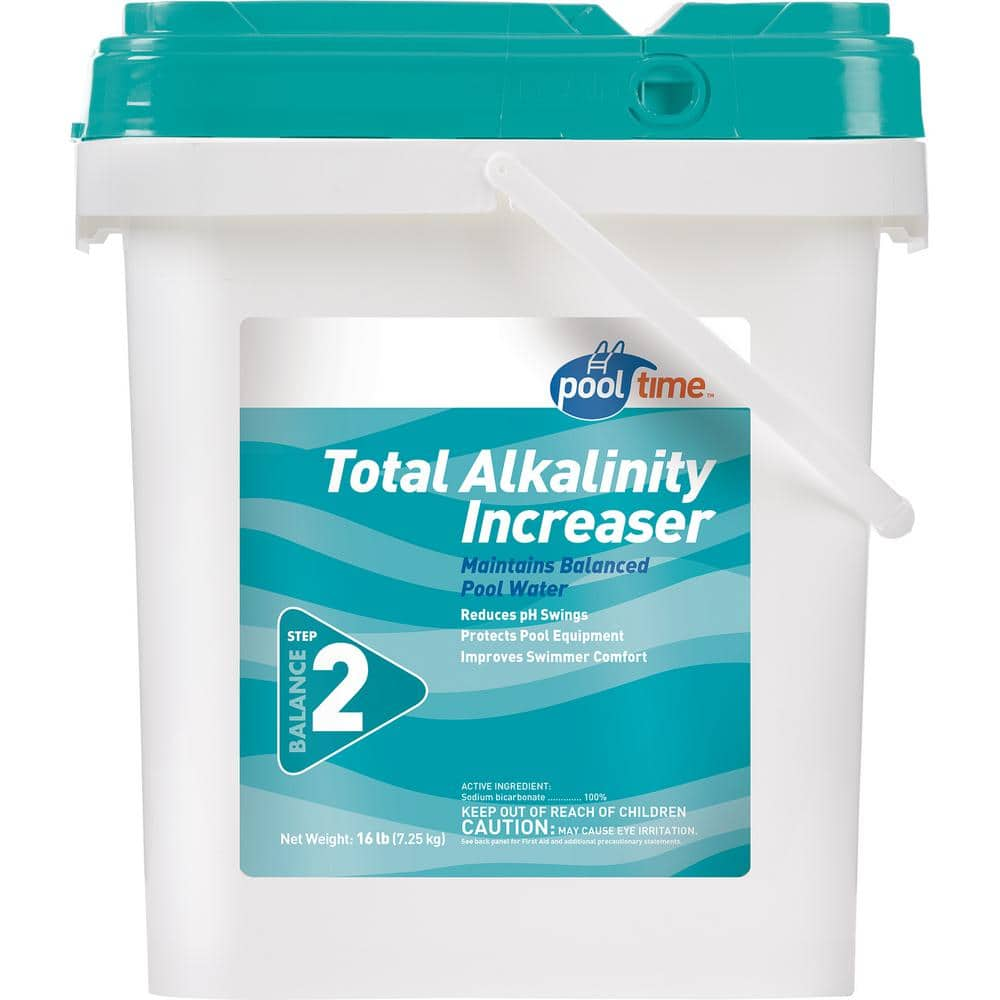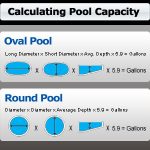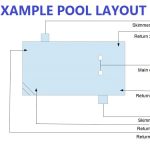Having the correct total alkalinity in your pool is crucial for maintaining proper water balance and preventing issues such as pH fluctuations and corrosion. If your pool’s total alkalinity is low, it can lead to a range of problems, including cloudy water and ineffective sanitization. In this guide, we will discuss effective methods to bring up total alkalinity in your pool and keep your water balanced and clear.

Credit: www.homedepot.com
What is Total Alkalinity?
Total alkalinity refers to the amount of alkaline substances in your pool water. It acts as a buffer that helps prevent rapid changes in pH levels, which can affect water clarity and overall pool maintenance. The ideal range for total alkalinity in a pool is typically between 80-120 parts per million (ppm).

Credit: blog.orendatech.com
Testing Total Alkalinity
Before you can adjust the total alkalinity in your pool, you need to test the current levels accurately. You can use a pool water testing kit to measure the total alkalinity. Follow the instructions on the testing kit to obtain an accurate reading.
Methods to Increase Total Alkalinity
If your pool’s total alkalinity is below the recommended range, there are several methods you can use to bring it up:
1. Baking Soda
Baking soda, also known as sodium bicarbonate, is a common household product that can be used to increase total alkalinity in your pool. It is a safe and effective way to raise alkalinity levels without significantly impacting pH.
| Baking Soda Dosage | Pool Size |
|---|---|
| 1.5 pounds | 10,000 gallons |
| 3 pounds | 20,000 gallons |
| 4.5 pounds | 30,000 gallons |
2. Alkalinity Increaser
An alkalinity increaser product is specifically designed to raise total alkalinity levels in pools. Follow the manufacturer’s instructions for the correct dosage based on your pool size.
3. Aeration
Aeration is another method to increase total alkalinity in your pool. By increasing the exposure of pool water to air, carbon dioxide is released, which helps raise the total alkalinity levels.
4. Borax
Borax, a natural mineral, can also be used to raise total alkalinity in your pool. It is a milder alternative to baking soda and can help stabilize pH levels while increasing alkalinity.
Best Practices for Maintaining Total Alkalinity
Once you have successfully brought up the total alkalinity in your pool, it’s essential to maintain it within the recommended range. Here are some best practices to help you keep your pool’s total alkalinity balanced:
- Regularly test the total alkalinity levels in your pool.
- Adjust alkalinity levels as needed to keep them within the ideal range.
- Monitor pH levels, as total alkalinity and pH are closely related.
- Keep your pool water balanced to prevent fluctuations in total alkalinity.
- Consider using a pool maintenance schedule to stay on top of water chemistry.
Conclusion
Ensuring that your pool’s total alkalinity is within the recommended range is essential for maintaining water balance and clarity. By following the methods outlined in this guide and practicing best maintenance practices, you can effectively bring up total alkalinity in your pool and enjoy a clean and balanced swimming environment.




